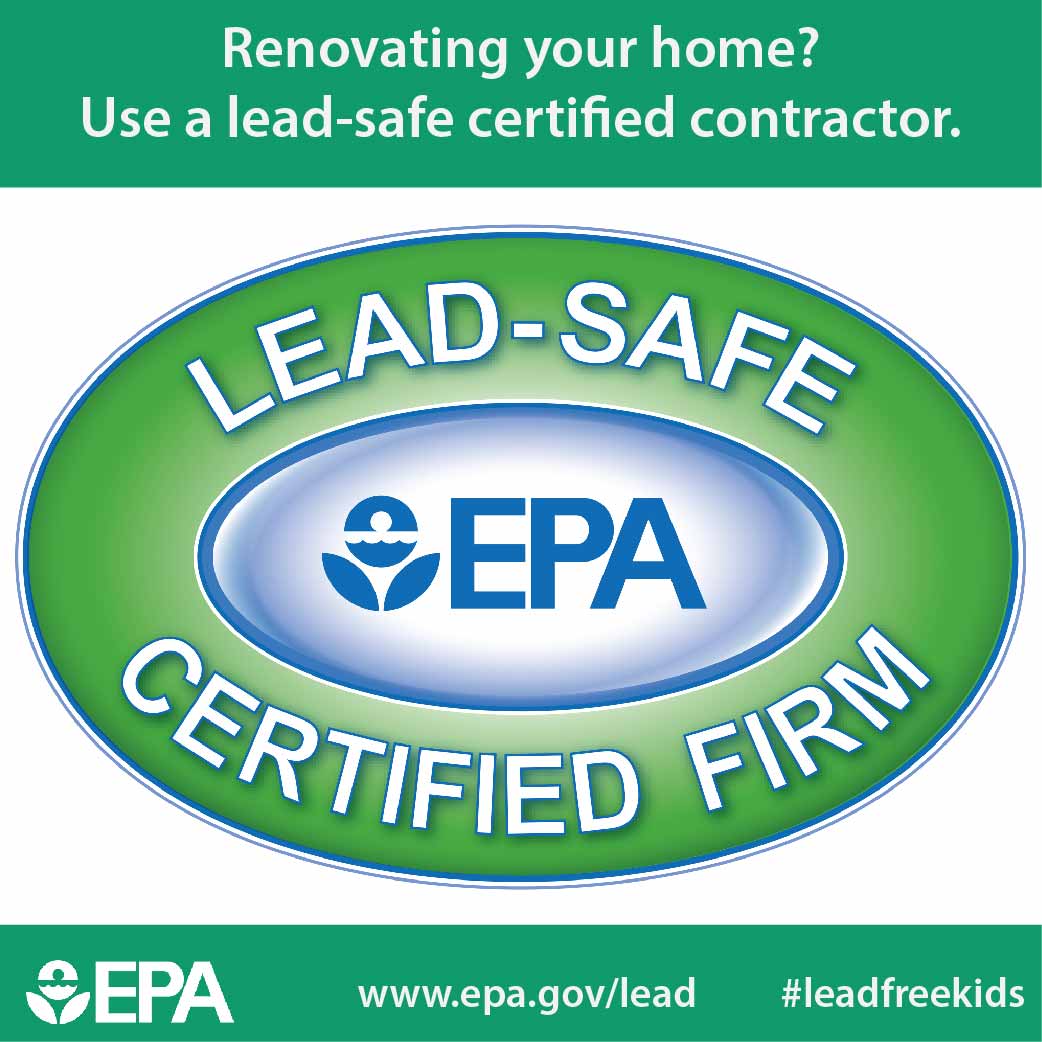Seasonal Factors To Consider For Industrial Outside Painting: What You Need To Know
Seasonal Factors To Consider For Industrial Outside Painting: What You Need To Know
Blog Article
Personnel Writer-McLamb Rosendal
When you're planning a business exterior paint job, seasonal factors can make or break your outcomes. You'll intend to think about how temperature level and humidity impact paint application and drying times. Choosing the appropriate season can guarantee your paint adheres properly and lasts longer. Yet which periods are genuinely the very best for this type of job? Allow's check out the crucial elements that can impact your job's success.
The Impact of Temperature Level on Paint Application
When you're preparing a business outside painting project, the temperature can substantially impact how well the paint sticks and dries.
Preferably, you wish to repaint when temperature levels vary in between 50 ° F and 85 ° F. If it's also cool, the paint may not heal correctly, resulting in issues like peeling or cracking.
On the other side, if it's also warm, the paint can dry out also rapidly, preventing correct bond and leading to an unequal finish.
You should likewise consider the time of day; early morning or late afternoon uses cooler temperatures, which can be much more positive.
Always inspect the manufacturer's suggestions for the certain paint you're making use of, as they usually supply guidance on the suitable temperature variety for optimum outcomes.
Moisture and Its Result on Drying Times
Temperature level isn't the only environmental variable that affects your industrial external paint task; humidity plays a substantial function also. High moisture levels can reduce drying times dramatically, impacting the overall quality of your paint job.
When the air is saturated with dampness, the paint takes longer to treat, which can result in issues like inadequate adhesion and a higher risk of mold growth. If you're repainting on an especially humid day, be prepared for extensive delay times between coats.
It's vital to check neighborhood climate condition and plan accordingly. Preferably, aim for humidity degrees between 40% and 70% for optimum drying.
Maintaining these factors in mind guarantees your job stays on track and provides an enduring surface.
Best Seasons for Commercial Outside Painting Projects
What's the best season for your business outside painting jobs?
Spring and early fall are generally your best bets. Throughout these seasons, temperatures are light, and moisture degrees are often lower, developing excellent conditions for paint application and drying out.
Stay clear of summer season's intense heat, which can create paint to completely dry too rapidly, causing bad adhesion and surface. Similarly, winter's cool temperature levels can prevent proper drying and curing, risking the longevity of your paint job.
Go for days with temperatures in between 50 ° F and 85 ° F for optimal outcomes. Keep in mind to inspect the regional weather forecast for rain, as wet problems can destroy your project.
Planning around https://www.architecturaldigest.com/story/painting-tips-paint-color-ideas guarantees your paint project runs efficiently and lasts much longer.
Verdict
Finally, intending your commercial outside painting projects around seasonal considerations can make a considerable difference in the end result. By organizing job during the optimal temperature levels and humidity levels, you'll make sure much better bond and drying times. Keep in https://cabinet-painters-near-me88877.theblogfairy.com/33499128/from-drab-to-fab-discover-the-magic-of-hiring-house-painters-for-your-home to watch on regional weather prediction and choose the right time of year-- spring and early fall are your best options. Taking these actions will aid you attain a durable and specialist finish that lasts.
